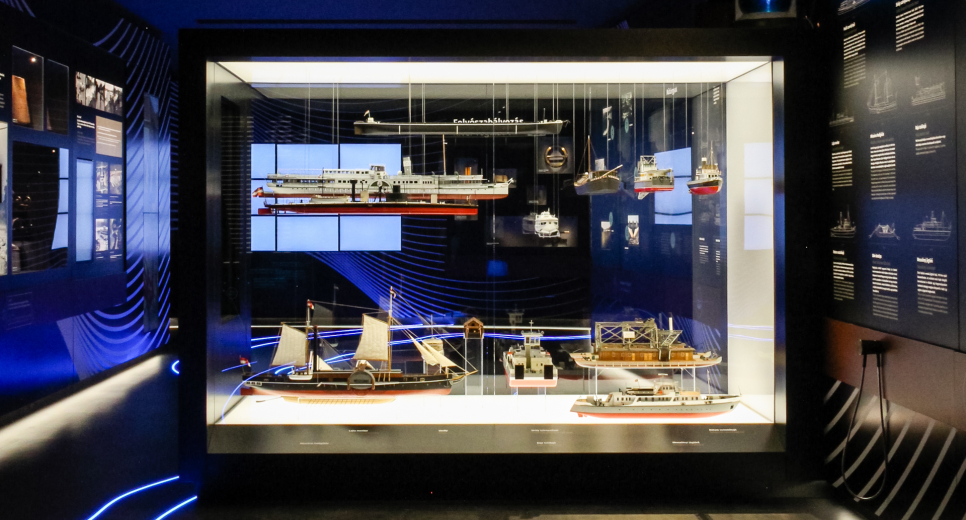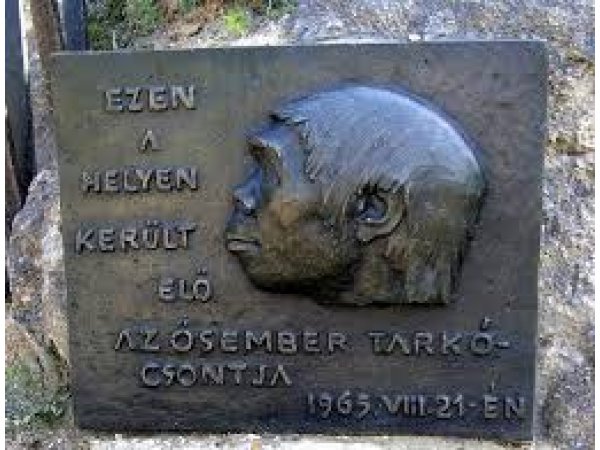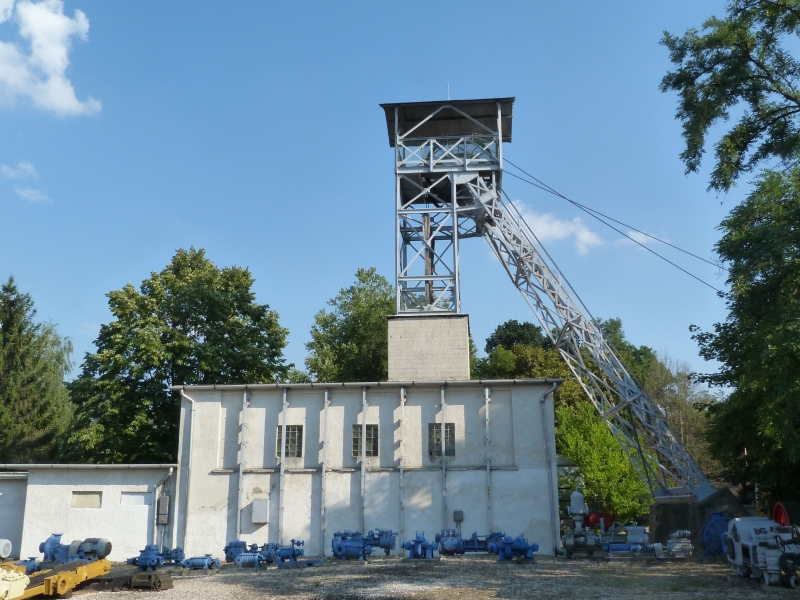Coach Museum - Kocs
Who doesn’t know the Hungarian word "kocsi"? However, only few people know that the roots of the popular four-wheeled wagon derived from the village of Kocs, where, due to the cartwrights living in the time of King Matthias, a more springy, an easier to steer "coach" was born out of the uncomfortable wagon. This famous invention of the 15th century and the craftsmen who made the coaches are commemorated in the village Coach Museum and celebrated every year at the International Coach Pushing Festival in July.





